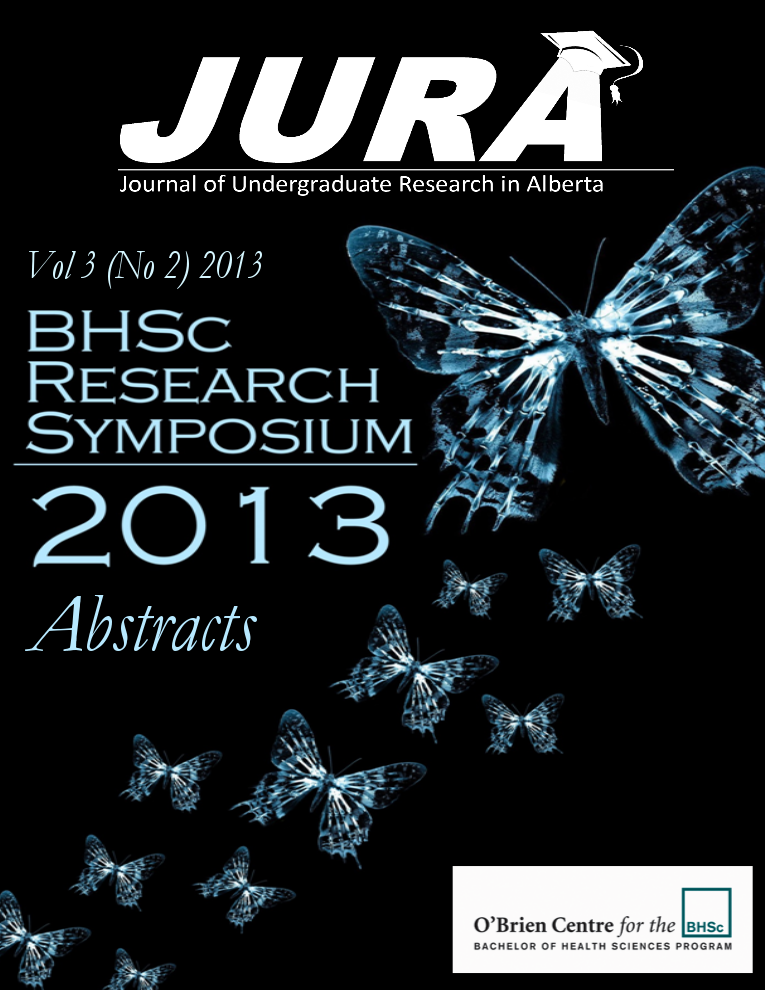Immune Modulation By Targeted Therapies Increases Oncolytic Viral Therapeutic Activity In Lung Cancer
Keywords:
reovirus, oncolytic virus, sunitnib, lung cancerAbstract
BACKGROUND
Lung cancer is the leading cause of cancer mortality worldwide, and non-small cell lung cancer (NSCLC) accounts for 85% of its diagnoses [1]. Despite paradigm shifting targeted (personalized/precision) opportunities for a select group of patients, current treatments have failed to improve the five-year survival rate of only 16.3% [2]. Enhancing the host immune systems’ ability to combat NSCLC has been an unrealized goal for decades.
OBJECTIVE
Conventional radiotherapy and chemotherapy have a low therapeutic window, causing detrimental effects to both tumor and healthy cells alike. Furthermore, an increasing level of immunosuppressive regulatory cells in the tumor microenvironment and inadequate cytotoxic T-lymphocytes mediated anti-tumor activity characterize tumor progression, making the enhancement of the host immune system’s ability to combat NSCLC crucial [3]. With recent studies indicating sunitnib’s role in inhibiting immunosuppressive cells in the tumor microenvironment and reovirus’ oncolytic, immunostimulating properties in targeting tumor cells, this investigation aims to explore the potential of combining reovirus and sunitnib as a novel therapy for NSCLC [4,5].
METHODS
Reovirus and sunitnib effective dose 50 (ED50) were determined for human NSCLC cell lines A549, H460, H1299, and H1975 by exposing each to varying concentrations of reovirus or sunitnib for 48 hours, and quantifying absorbance with WST-1 reagent at 450nm. % viability was used to generate dose response curves, and Calcusyn software was utilized to calculate ED50. Each cell line was then exposed to reovirus, sunitnib, or combination at ED50, ½ ED50, or ¼ ED50 for 48 hours. 20µM was used as ED50 for sunitnib resistant cell lines. Absorbance at 450nm upon WST-1 exposure was read, and combination index (CI) was calculated using Calcusyn. Each experiment contained at least 3 replicates and was repeated 3 times. CI<1 indicates synergistic effects, CI=1 indicates additive effects, and CI>1 indicates antagonistic effects.
RESULTS
Reovirus and sunitnib ED50 values for A549, H460, H1299, and H1975 cells were 15.29±0.99MOI and 17.12±2.62µM, 238.02±41.29MOI and 11.27±1.52µM, 6.85±2.39MOI and resistant, and 19.80±20.35µM and not determinable, respectively. CI values for all cell lines were < 1at ED50.
DISCUSSION AND CONCLUSIONS
In the present in vitro study, we have demonstrated that sunitnib and reovirus combination therapy results in synergy in NSCLC cells. This promising investigation establishes the preclinical foundation for further investigations into reovirus and sunitnib as a novel combination therapy to treat NSCLC. Following ex vivo and in vivo investigations, it is anticipated that this study will culminate into a human clinical trial.
Downloads
References
1. American Cancer Society [Internet]. Atlanta (GA): American Cancer Society, 2013 [cited 2013 August 26]. Available from: http://www.cancer.org/cancer/
2. Simone CB,2nd, Wildt B, Haas AR, Pope G, Rengan R, Hahn SM. Chest 143(6):1784-1790, 2013.
3. Ko JS, Zea AH, Rini BI, Ireland JL, Elson P, Cohen P, et al. Clin Cancer Res. 15(6):2148-2157, 2009.
4. Thirukkumaran C, Morris DG. Methods MolBiol. 542:607-634, 2009.
Downloads
Additional Files
Published
Issue
Section
License
Authors retain all rights to their research work. Articles may be submitted to and accepted in other journals subsequent to publishing in JURA. Our only condition is that articles cannot be used in another undergraduate journal. Authors must be aware, however, that professional journals may refuse articles submitted or accepted elsewhere—JURA included.


